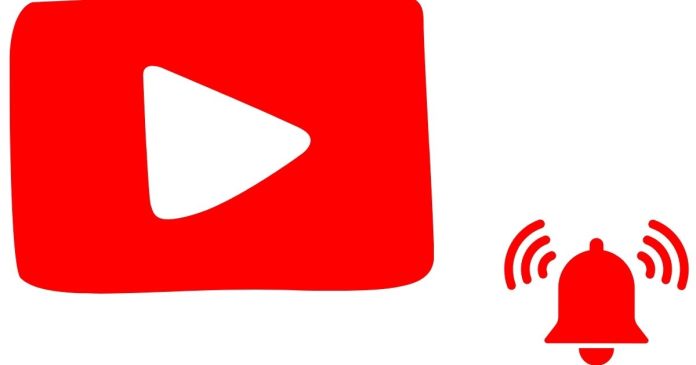A YouTube video can be either a primary source or a secondary source, depending on its content and purpose. Here’s how:
Primary Source:
- A YouTube video can be a primary source if it presents original content or direct evidence from an event or person.
- For example:
- A vlog documenting a first-hand experience at a historical site.
- Interviews with people involved in a significant event.
- A news broadcast covering a live event.
- Raw footage from an event (like a protest, court trial, or sports game).
Secondary Source:
- A YouTube video can be a secondary source if it analyzes, interprets, or summarizes information from primary sources or other secondary sources.
- For example:
- A documentary analyzing a historical event.
- A review of a movie, book, or album.
- A reaction video to a news event or cultural phenomenon.
Summary:
- If the video directly records or reports an event or phenomenon, it’s a primary source.
- If the video is discussing, interpreting, or analyzing the content, it’s a secondary source.
The distinction depends on whether the video is a direct or firsthand account of something, or if it’s offering commentary or analysis based on other materials.


